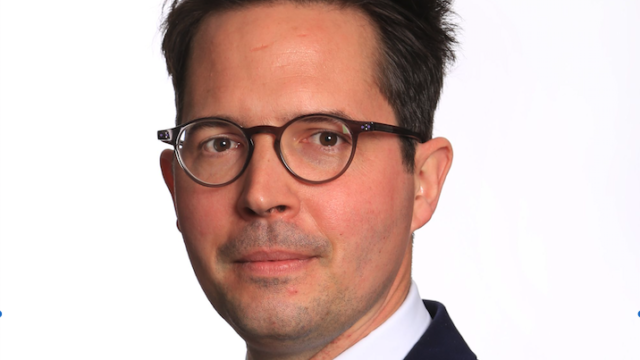Seeyond manages €9bn ($10.06bn) in quantitative strategies and relies on its automated quant models to build portfolios. But the firm believes there should also be active management watching for unintended concentration risk, Paris-based Christiaan Kraan told FSA during a recent visit in Hong Kong.
The concentration risk assessment comes after the portfolio model is generated.
“Quant models have short-comings as well, so you don’t want to depend entirely on your model, which is why we combine active management in our model-based process.”
Last year, it launched an Asia-focused quant product that aims for minimum volatility with high dividends. Given that the strategy focuses on volatility and dividend yield factors, a key risk is unintended concentration in other factors such as value and momentum, as well as in country and sector, Kraan said.
Unwanted concentration is a risk that investors should be aware of when investing in factor-based strategies, Joel Coverdale, managing director for Asia-Pacific at risk management firm Axioma, said previously.
“You might choose the top 20 low volatility stocks [and the majority of them] might be banks, because banks may happen to be low volatility [at a certain period]. Am I taking on a bank risk or a low volatility risk, and if they are Chinese banks, am I taking a country risk?,” he said.
Kraan added that since the product invests in low volatility stocks, performance may lag during market rallies.
“In very strong bull markets, you can underperform. From January, you had a very strong market in Asia, and the fund did underperform [year-to-date].”
The Seeyond AsiaMinVol Equity Income Fund, which is co-managed by Juan-Sebastian Caicedo and Nicolas Just, is diversified with around 100 names, according to Kraan. He believes that the fund can provide investors at least a 30% reduction in volatility relative to the MSCI Asia ex-Japan Index.
The volatility of the fund since it launched is 12.01, versus the index’s 17.34, according to FE data.
There are only four other Asia-focused minimum volatility strategies available in both Hong Kong and Singapore, which are managed by Income Partners, HSBC Global Asset Management, Eastspring Investments and AB, according to FE.
Income in a quant fund
Kraan believes that what makes the Asian low volatility product unique is that provides investors with income through dividends – a feature Asian investors are attracted to.
“When we started to look at the Asian section of our global minimum volatility strategy, we noticed that they had high dividend yields. Combined with the appetite or need of Asian investors for income, we decided to build an Asia-focused minimum volatility product that can provide income to investors.
“It is not uncommon for high-dividend companies to have low volatility. A regular dividend-focused product, for example, would tend to have companies with high-quality corporate governance. Companies with high-quality governance tend to also be less volatile, and that is very true in Asia.”
During the last 12 months, the fund’s yield was around 4.89%, which compares to the MSCI Asia ex-Japan Index’s yield of 2.5%, according to data from Morningstar Direct.
The Seeyond AsiaMinVol Equity Income Fund versus its benchmark and sector, since inception


















